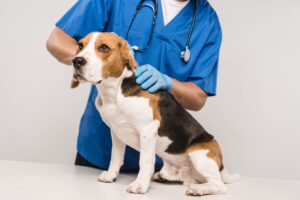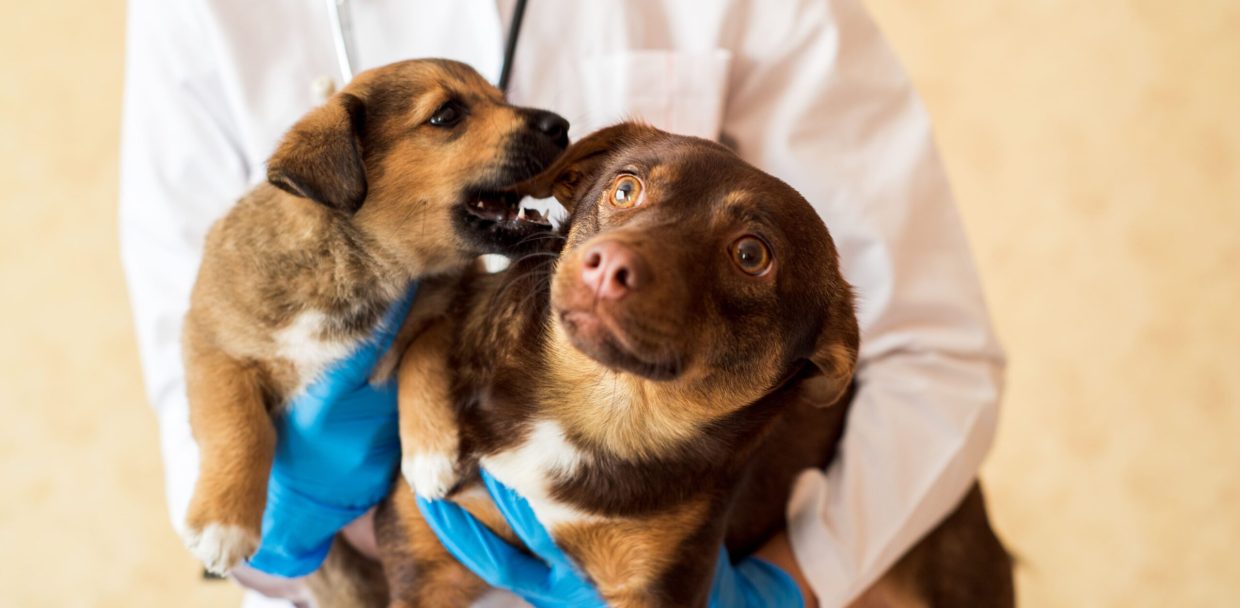

In the world of veterinary medicine, having access to the right equipment can make the difference between an accurate diagnosis and a missed opportunity for treatment. Whether you’re running a small animal clinic or a large veterinary hospital, having high-quality and essential equipment is vital. This blog will explore the most important veterinary tools every clinic should have, how they enhance animal care, and why investing in the right gear pays off in the long run.
1. Diagnostic Equipment: The Foundation of Veterinary Practice
Digital X-Ray Machines Digital radiography has revolutionized veterinary diagnostics. Unlike traditional film x-rays, digital x-rays produce images that can be viewed instantly, shared digitally, and stored efficiently. They allow veterinarians to detect fractures, foreign objects, internal organ abnormalities, and dental issues with clarity. For small and large animal practices alike, having a digital x-ray machine is essential.
Ultrasound Scanners Ultrasound scanners are invaluable for visualizing soft tissues and organs, such as the liver, bladder, and reproductive organs. They’re commonly used for pregnancy diagnosis, abdominal evaluations, and cardiac assessments. Portable ultrasound machines have become more accessible, making this tool practical even for mobile or rural clinics.
Endoscopy Equipment Endoscopy allows for non-invasive internal examinations of the gastrointestinal and respiratory tracts. With flexible scopes and video capabilities, veterinarians can diagnose issues such as foreign bodies, ulcers, and tumors without the need for exploratory surgery.
2. Surgical and Monitoring Equipment: Ensuring Safe Procedures
Anesthesia Machines Safe surgeries start with controlled and consistent anesthesia delivery. Modern veterinary anesthesia machines come with integrated vaporizers, oxygen concentrators, and gas scavenging systems. These features are essential for maintaining safe and stable anesthesia levels during procedures.
Multiparameter Monitors During surgery and recovery, multiparameter monitors track vital signs such as heart rate, respiration rate, oxygen saturation, temperature, and blood pressure. These devices offer real-time feedback that can alert veterinarians to changes in a patient’s condition, allowing for timely intervention.
Surgical Lights and Tables Adjustable surgical lights and ergonomic tables with heating options create optimal working conditions. Good lighting and positioning reduce fatigue for the veterinary team and improve the precision and safety of surgical procedures.
3. Laboratory and Testing Tools: Speeding Up Diagnosis
Hematology and Biochemistry Analyzers In-house blood testing machines provide rapid results for CBC (complete blood count), liver and kidney function tests, glucose levels, and more. This capability is critical for emergencies, pre-surgical evaluations, and ongoing care for chronically ill animals.
Centrifuges and Microscopes A basic lab setup should include a high-speed centrifuge and quality microscopes for examining blood, urine, and fecal samples. This equipment supports diagnostics for infections, parasites, and internal diseases.
Urinalysis and SNAP Test Kits Quick test kits such as IDEXX SNAP provide point-of-care diagnostics for conditions like parvovirus, heartworm, feline leukemia, and pancreatitis. These tools are indispensable in small animal practice.
4. Dental Equipment: Promoting Preventive Health
Dental Scalers and Polishers Dental disease is one of the most common conditions in companion animals. Ultrasonic scalers and polishers help in cleaning and maintaining oral hygiene, which can prevent serious systemic infections.
Dental X-ray Machines Dental radiography reveals tooth root problems, bone loss, and hidden infections that visual exams can miss. A complete dental suite enhances the clinic’s ability to provide comprehensive oral care.
5. Emergency and Critical Care Tools
Infusion Pumps IV fluid therapy is essential in surgeries and emergency care. Infusion pumps allow precise control over fluid rates, ensuring patients get exactly what they need.
Oxygen Cages and Concentrators For animals in respiratory distress, oxygen therapy can be life-saving. Oxygen cages and portable concentrators help stabilize patients before or after surgery and during critical events.
Conclusion Veterinary clinics need more than compassion and expertise—they need the right equipment to support high standards of care. Investing in diagnostic, surgical, monitoring, and emergency tools ensures better outcomes for patients and increased confidence from pet owners. As technology evolves, keeping your clinic up to date with essential veterinary equipment is not just a matter of efficiency, but one of professional excellence.